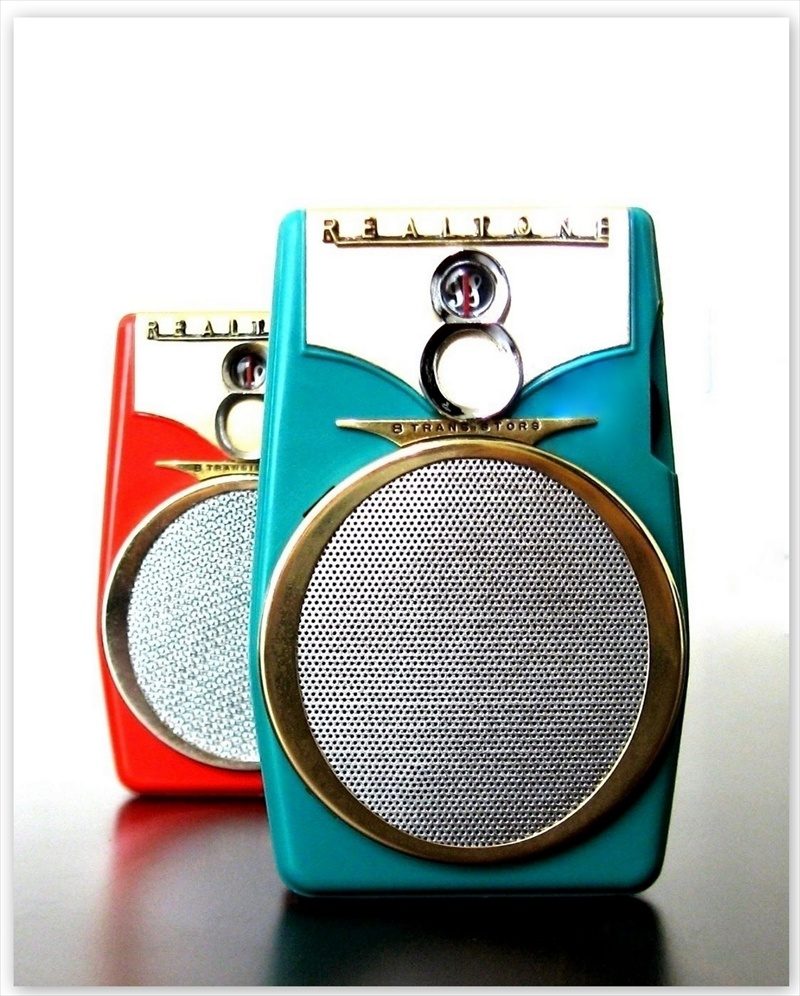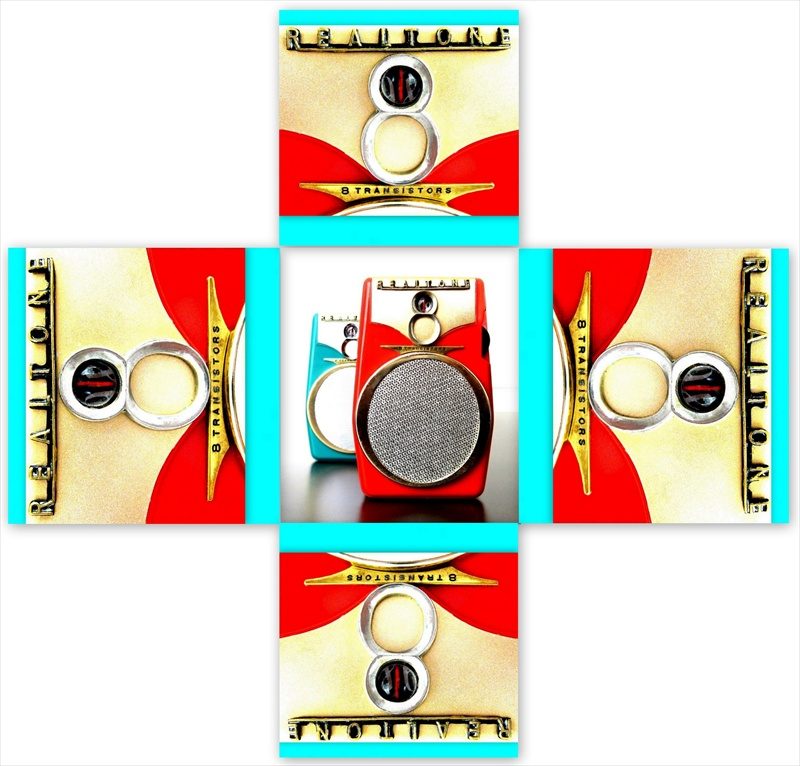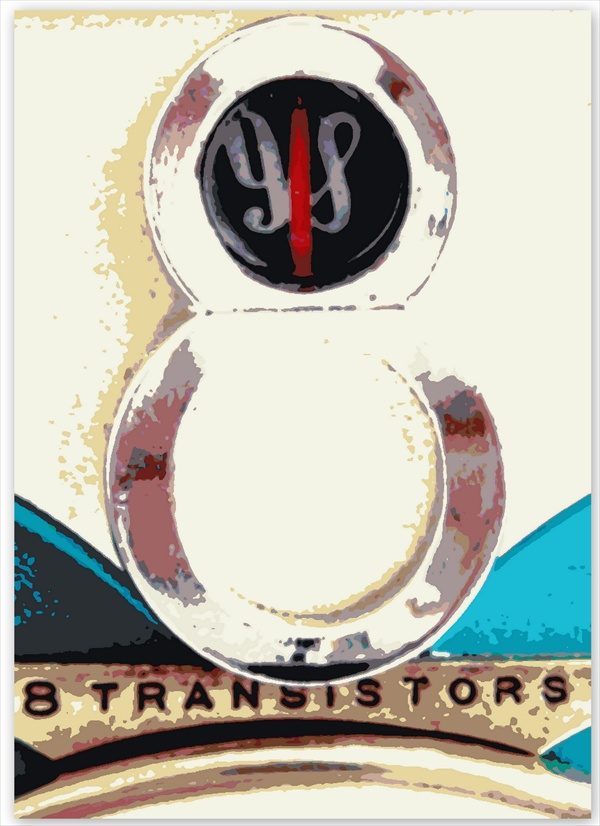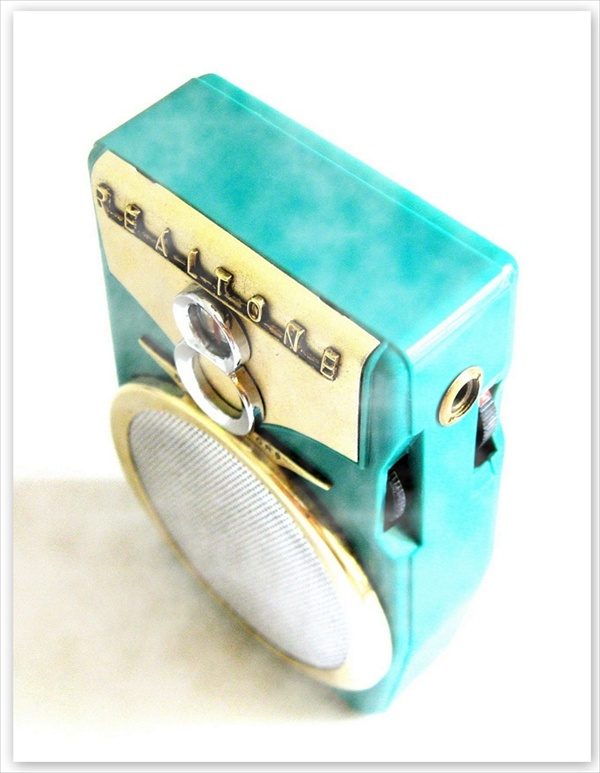
Futuramic Slimline Design!
Powerful as a Radio 10 Times its Size!
Futuramic! Nice use of vernacular improvisation from the atomic age and it rather aptly describes this radio. The above was taken from a 1961 ad in the Hutchinson News. These two Realtone ‘Comets’, model number TR-1088, were manufactured in Japan circa 1960. They are great examples of the fine art of transistor radio design. The Comet was on the market for at least six years. The earliest example I’ve seen was sold on the 14th of December 1960 and they were still being sold in April 1966! (1a). This has to be one of the longest production runs for any Japanese radio from this era.
Realtone Electronics was co-founded in 1956 by hardworking brothers Saul and Ely Ashkenazi. Saul was born to Mexican parents living in Louisiana on July 4th 1920 and Ely was born two years later. Shortly after his birth Saul’s parents made the decision to move their family back to Mexico. They remained there for a number of years until the Great 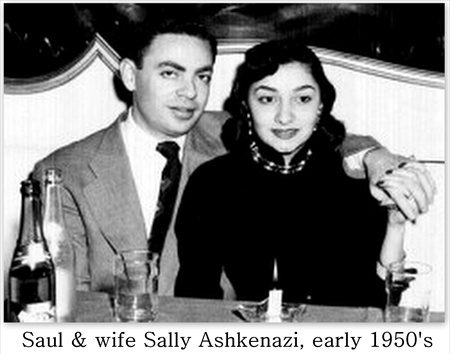 Depression when Saul’s father was injured in a machinery accident. Aged just 14 and 12 at the time, Saul and Ely began searching for work in order to support their family and move them back to America. Eventually they did return across the border and settled in Arkansas before moving on to Texas where Saul and Ely worked as peddlers. They struggled to make sales due to their lack of proficiency in the English language but soon chanced upon a Mexican neighborhood and prospered. From Texas, Saul’s family moved on to Georgia and then North Carolina where he and his brother managed a retail and wholesale business. The brother’s strict work ethic was really beginning to pay off and in the mid 1950’s they set up offices on Fifth Avenue in New York and began importing transistor radios and cigarette lighters from Japan. They re-branded and sold the radios as Realtone and the lighters as ‘Realite’ (1b). Realite lighters sold for a buck and apart from traditional designs they also featured some with racy ‘ladies’ posed on them.
Depression when Saul’s father was injured in a machinery accident. Aged just 14 and 12 at the time, Saul and Ely began searching for work in order to support their family and move them back to America. Eventually they did return across the border and settled in Arkansas before moving on to Texas where Saul and Ely worked as peddlers. They struggled to make sales due to their lack of proficiency in the English language but soon chanced upon a Mexican neighborhood and prospered. From Texas, Saul’s family moved on to Georgia and then North Carolina where he and his brother managed a retail and wholesale business. The brother’s strict work ethic was really beginning to pay off and in the mid 1950’s they set up offices on Fifth Avenue in New York and began importing transistor radios and cigarette lighters from Japan. They re-branded and sold the radios as Realtone and the lighters as ‘Realite’ (1b). Realite lighters sold for a buck and apart from traditional designs they also featured some with racy ‘ladies’ posed on them.
By 1956 there was a music revolution taking place. Rock n Roll had entered the American consciousness and young men and women all over the country were going crazy for artists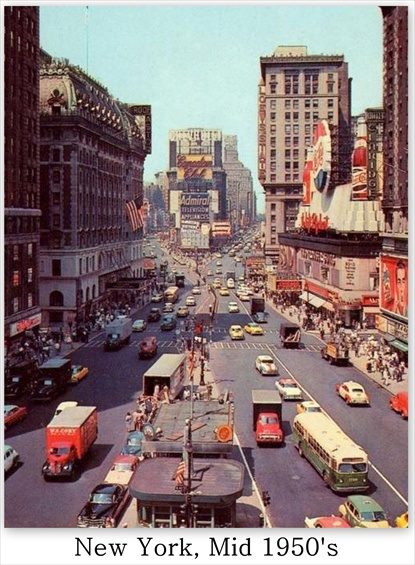 like Elvis Presley and Jerry Lee Lewis. They wanted to bop and hop on the go; they wanted to carry their new music heroes with them everywhere, to be able to listen to them day and night and tiny new shirt pocket transistor radios finally gave them the means to do so. Rock n roll artists were on the rise and so were the brothers Ashkenazi. The young entrepreneurs ditched the cigarette lighters and began concentrating on meeting the growing demand for portable music players.
like Elvis Presley and Jerry Lee Lewis. They wanted to bop and hop on the go; they wanted to carry their new music heroes with them everywhere, to be able to listen to them day and night and tiny new shirt pocket transistor radios finally gave them the means to do so. Rock n roll artists were on the rise and so were the brothers Ashkenazi. The young entrepreneurs ditched the cigarette lighters and began concentrating on meeting the growing demand for portable music players.
Realtone Electronics quickly established themselves as innovators in a new and highly competitive market. They introduced a number of impressive new transistor radios with an emphasis on modernistic design influenced by popular culture and America’s growing fascination with the ‘Space Race’. The company went from strength to strength; it was incorporated in 1959 and in 1961, in order to support its growth initiatives, it went public for the first time on the American Stock Exchange (1c).
The Investment Dealers Digest, 1961 gives an insight into Realtone Electronics from an industry perspective stating that the company was formed to “engage in the marketing and distribution of consumer electronic products manufactured for it in Japan and elsewhere”. The digest adds that “sales now consist of portable, transistorized radio receivers in a variety of types and models including standard, multiband and AM/FM broadcast reception and related items. Nationwide distribution is effected usually under the registered trademark ‘Realtone’ (1d).
In 1963 Realtone launched the Soundesign brand to market more upscale audio products including clock radios, and stereo systems. In 1968 it was noted in the SEC News Digest that the company «designs, imports and distributes transistor radio receivers and other related products manufactured for it in Japan and Hong Kong. It maintains facilities for the design, engineering and evaluation of its products in Tokyo» (1e). This answers the age old question as to whether Realtone had any input into the design of its radios and emphasizes that they were a true multinational manufacturing company and more than just a clever importer and re-brander.
In 1968 the company changed its name to Soundesign and through the 1970’s and 1980’s they survived in the cutthroat world of electronics by making clocks for Timex that sold in drugstores and by creatively combining devices. Soundesign made the world’s first cassette tape player-clock radio and the first telephone-clock radio (1f). In 1994 the company changed its name to SDI Technologies. That same year Saul and Ely were honoured at the Consumer Electronics Association’s 50th Anniversary for their historic achievements in the industry (1g). SDI now makes Apple compatible audio products and in 2012 they reintroduced the Realtone brand as clock radios and headphones.
